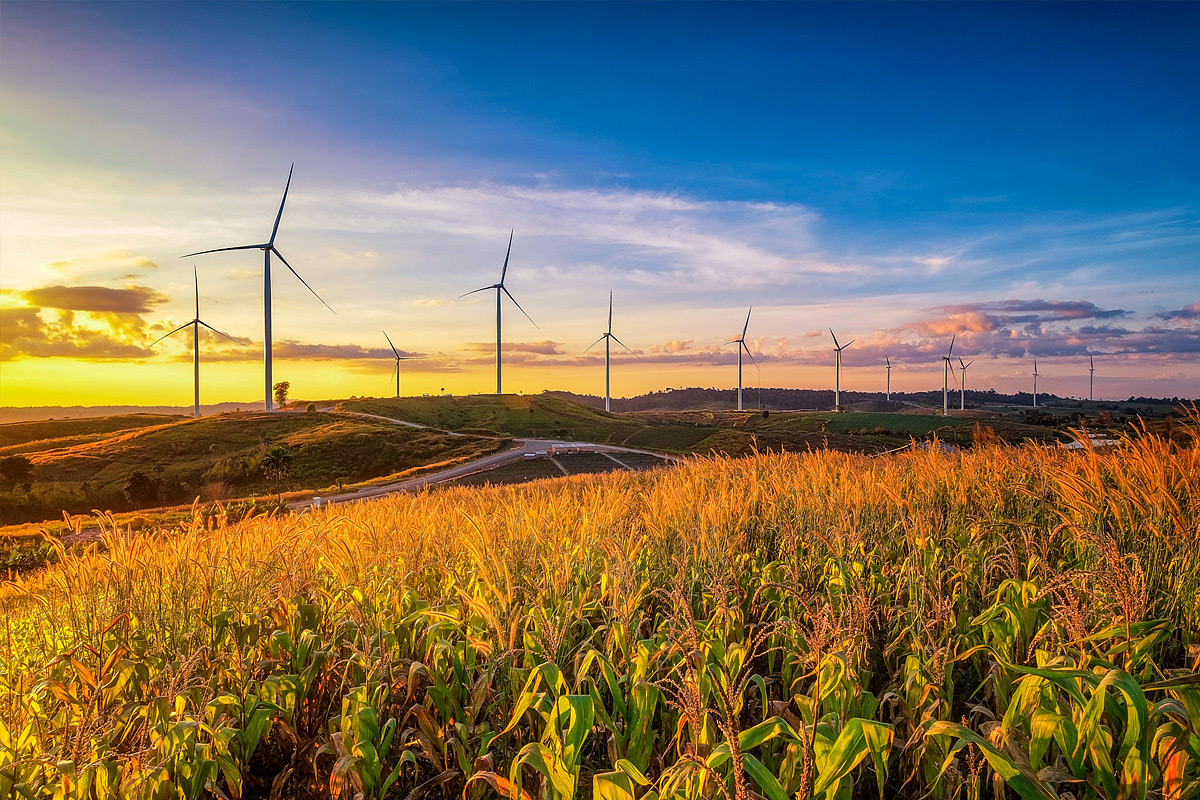News
Wind is key to Europe’s energy security

© PWEA 2018
5 March 2019
On 5 March the 5th EU Energy Summit took place in Brussels. The event gathered representatives from national and European institutions, high-level political decision-makers and industrial leaders, civil society and the media.
In order to achieve the Paris Agreement’s goals, the EU will have to meet the targets, rules and guidelines detailed in the ‘Clean energy for all Europeans’ package. This means addressing key issues like energy security.
WindEurope CEO Giles Dickson spoke in a session on “EU energy sovereignty in the international context.” Discussion turned to the role wind can play in providing increased energy security for Europeans. Dickson replied that wind is a local resource. It allows us to reduce EU dependence on costly fossil fuel imports from the rest of the world. Not only is wind good for energy security, but also for consumers. Onshore wind is already the cheapest form of new power generation. Local communities benefit from the taxes placed on wind farms. And wind energy already provides 300,000 jobs in Europe (with more to come).
But there is still much more work to do to maximise wind energy’s contribution to EU energy autonomy. Electrification will be key to this: through the electrification of processes like heating, transport and industrial processes, the EU can dramatically reduce its dependence on fossil fuels and ensure a greener and safer Europe. Europe’s electricity share in energy use could reach 62% in 2050 with ambitious Paris-compatible policies. This would reduce Europe’s energy-related emissions by 90% by 2050. And in order to make electrification possible, we will need more wind in our energy mix. With the right policies in place, wind energy could install more than 20 GW/year from 2030 to 2050. At this rate, wind would generate 36% of Europe’s power by 2050.
We’ll also need to invest in newer grids and make full use of existing lines, which currently aren’t functioning at full capacity. Dynamic line rating can help address this by increasing the capacity of existing lines by 30-70%.
Do you want to learn more about the potential for electrification to decarbonise Europe’s energy mix? Read ‘Breaking new ground’, our report on electrification and wind energy.

